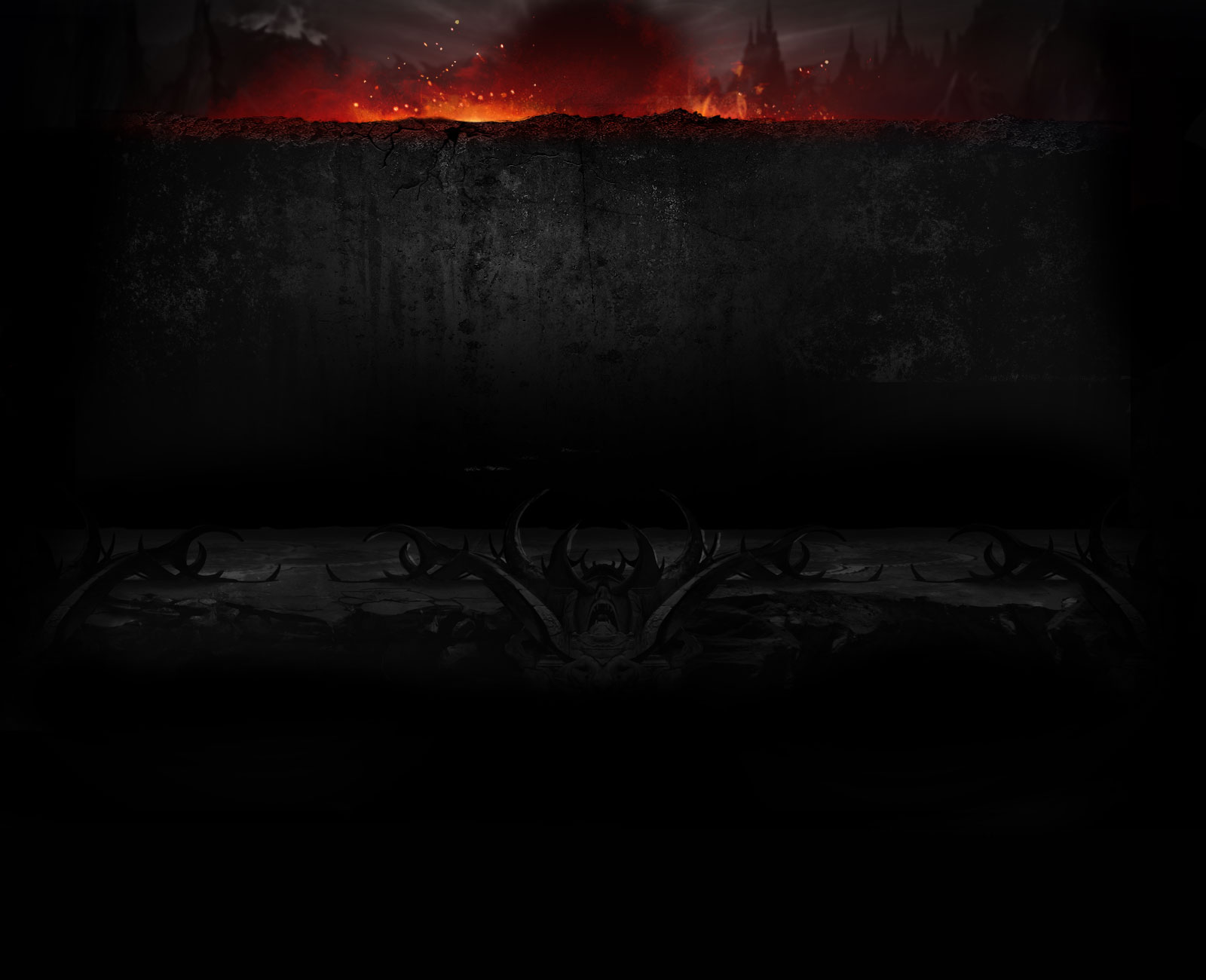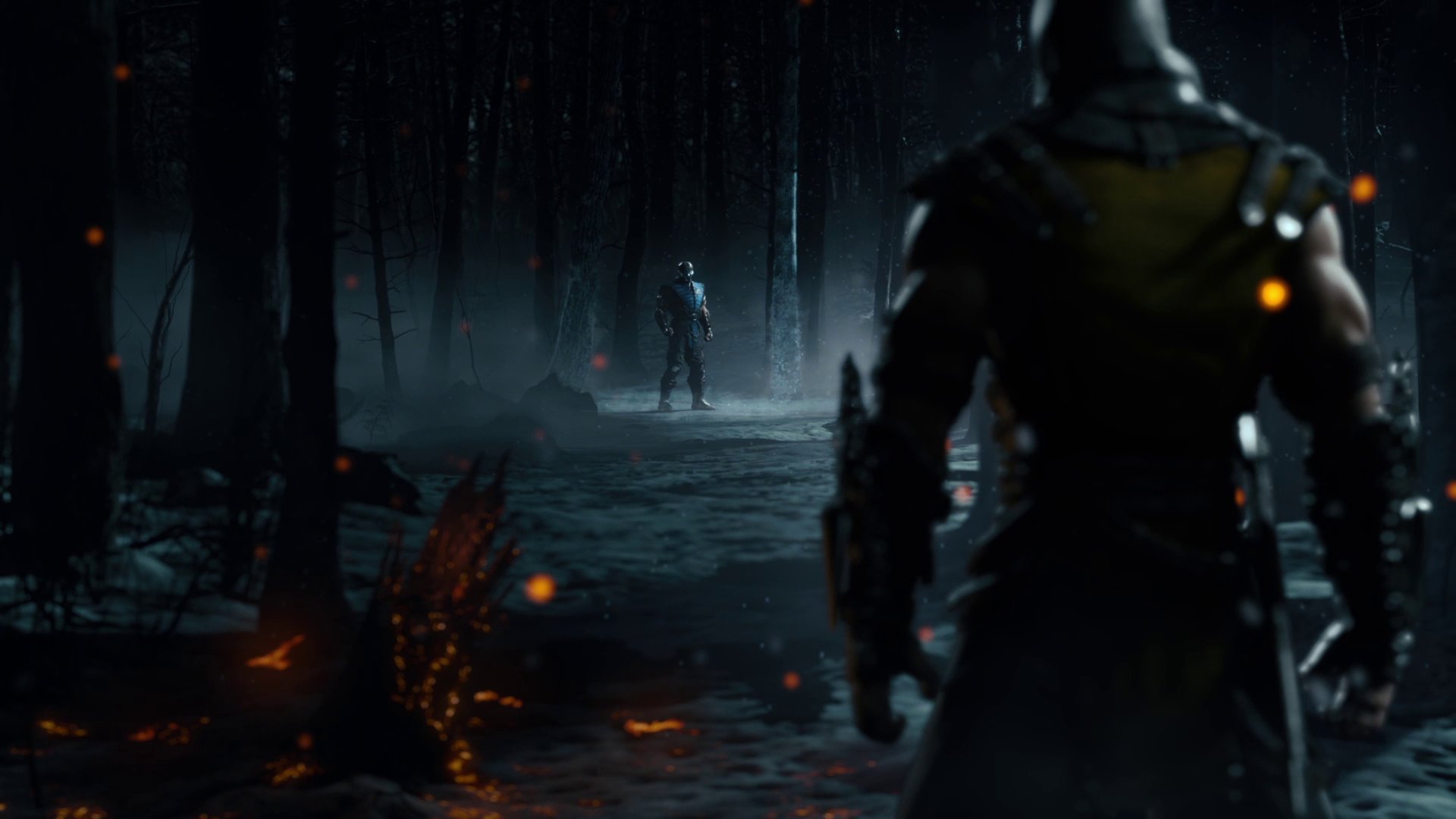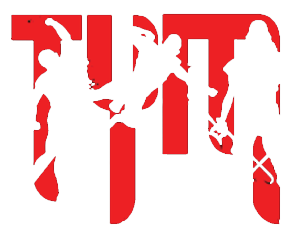Hello and thanks for reading.
Before I'm (wrongly) accused of not doing my homework, please know that I've spent a good number of hours already both practicing in game, watching Injustice videos and reading guides online. Now I'm struggling a bit to fill the information gaps, so I'm starting my first thread.
To give you a little background, excluding dabbling in Mortal Kombat in arcades way back in the early 90s, I have zero previous fighting game experience. I bought Injustice mainly because I liked the idea of applying comic heroes/villains to this genre (and I'm not even a particular fan of DC or comics in general). Essentially, the super moves looked cool.
Little did I know that I'd opened the door to the vast world of fighting games, with its bounce cancels, frame traps and hypercompetitive e-sports.
I have average hand-eye coordination and am in way over my head, but I'm enjoying myself nevertheless.
So, I've spent hours just cycling through moves, combos and strings, seeing what combines with what, which yields the highest damage, gauging distances, etc. And doing it again and again until I can repeat 10-move strings for 30-40% damage with some regularity.
Now I'm ready to unleash my skills on the A.I. opponent (not that I haven't gone through any fights, but it's not where I've spent the majority of my time). And I realize that I really don't have a sense of how one should approach combat in Injustice (and possibly most/all fighting games).
What do I mean by "approach combat"? Since this probably seems obvious to most and so a confusing question, I'll give an example. I watched videos of several players and they jump a lot more than I do. My sense was that jumping will often get you wrecked. But they seemed fairly effective at it. That said, they very often employed suboptimal combos that were poor choices situationally. I tend to spend a lot of my time blocking, which they didn't. Frankly, they seemed to move about with little rhyme or reason — they didn't seem to manage/control the space (like maneuvering their foe towards a transition or interactive object). Maybe they were mediocre, but they were winning battles on hard difficulty, so they were holding their own.
I wonder whether it's best to press your offense or focus heavily on defense and attack opportunistically. I also haven't been able to discover any way to interrupt a foe's combo once you're a victim of it (I end up just riding it out and taking a significant health hit). I don't understand "punishing" and how to tell if a move is "safe" or not (for example, I read that most of Green Lantern's combos are "unsafe," and I like him...he's easy to execute strings with, but how is a combo executed mid-string "unsafe"? Or are they referring to how you initiate the string? If so, why not lead with Lantern's Might or Oa's Rocket w/meter burn for either? Pretty sure that once you're bouncing, there's no stopping the juggling-string...or is there?). Is this a matter of long frame counts for a given combo, so if you're blocked, you're stuck in your animation and your foe has plenty of time to counter with a damaging option of his own (or can "punishing" occur without blocking first?)?
Since I can't find a video of anyone who is clearly an expert at fighting games fighting the A.I. (which is where I want to start, not vs. other players, which will have a different dynamic altogether), I'd appreciate any guidance on how to approach combat tactically and what techniques I should prioritize (recognizing that all techniques can be applied and this is at least somewhat situational).
If there are already threads/videos/articles on this, feel free to point the way. I'm not asking anyone to reinvent the wheel here.
Thanks very much for reading.
Before I'm (wrongly) accused of not doing my homework, please know that I've spent a good number of hours already both practicing in game, watching Injustice videos and reading guides online. Now I'm struggling a bit to fill the information gaps, so I'm starting my first thread.
To give you a little background, excluding dabbling in Mortal Kombat in arcades way back in the early 90s, I have zero previous fighting game experience. I bought Injustice mainly because I liked the idea of applying comic heroes/villains to this genre (and I'm not even a particular fan of DC or comics in general). Essentially, the super moves looked cool.
Little did I know that I'd opened the door to the vast world of fighting games, with its bounce cancels, frame traps and hypercompetitive e-sports.
I have average hand-eye coordination and am in way over my head, but I'm enjoying myself nevertheless.
So, I've spent hours just cycling through moves, combos and strings, seeing what combines with what, which yields the highest damage, gauging distances, etc. And doing it again and again until I can repeat 10-move strings for 30-40% damage with some regularity.
Now I'm ready to unleash my skills on the A.I. opponent (not that I haven't gone through any fights, but it's not where I've spent the majority of my time). And I realize that I really don't have a sense of how one should approach combat in Injustice (and possibly most/all fighting games).
What do I mean by "approach combat"? Since this probably seems obvious to most and so a confusing question, I'll give an example. I watched videos of several players and they jump a lot more than I do. My sense was that jumping will often get you wrecked. But they seemed fairly effective at it. That said, they very often employed suboptimal combos that were poor choices situationally. I tend to spend a lot of my time blocking, which they didn't. Frankly, they seemed to move about with little rhyme or reason — they didn't seem to manage/control the space (like maneuvering their foe towards a transition or interactive object). Maybe they were mediocre, but they were winning battles on hard difficulty, so they were holding their own.
I wonder whether it's best to press your offense or focus heavily on defense and attack opportunistically. I also haven't been able to discover any way to interrupt a foe's combo once you're a victim of it (I end up just riding it out and taking a significant health hit). I don't understand "punishing" and how to tell if a move is "safe" or not (for example, I read that most of Green Lantern's combos are "unsafe," and I like him...he's easy to execute strings with, but how is a combo executed mid-string "unsafe"? Or are they referring to how you initiate the string? If so, why not lead with Lantern's Might or Oa's Rocket w/meter burn for either? Pretty sure that once you're bouncing, there's no stopping the juggling-string...or is there?). Is this a matter of long frame counts for a given combo, so if you're blocked, you're stuck in your animation and your foe has plenty of time to counter with a damaging option of his own (or can "punishing" occur without blocking first?)?
Since I can't find a video of anyone who is clearly an expert at fighting games fighting the A.I. (which is where I want to start, not vs. other players, which will have a different dynamic altogether), I'd appreciate any guidance on how to approach combat tactically and what techniques I should prioritize (recognizing that all techniques can be applied and this is at least somewhat situational).
If there are already threads/videos/articles on this, feel free to point the way. I'm not asking anyone to reinvent the wheel here.
Thanks very much for reading.
Last edited:






